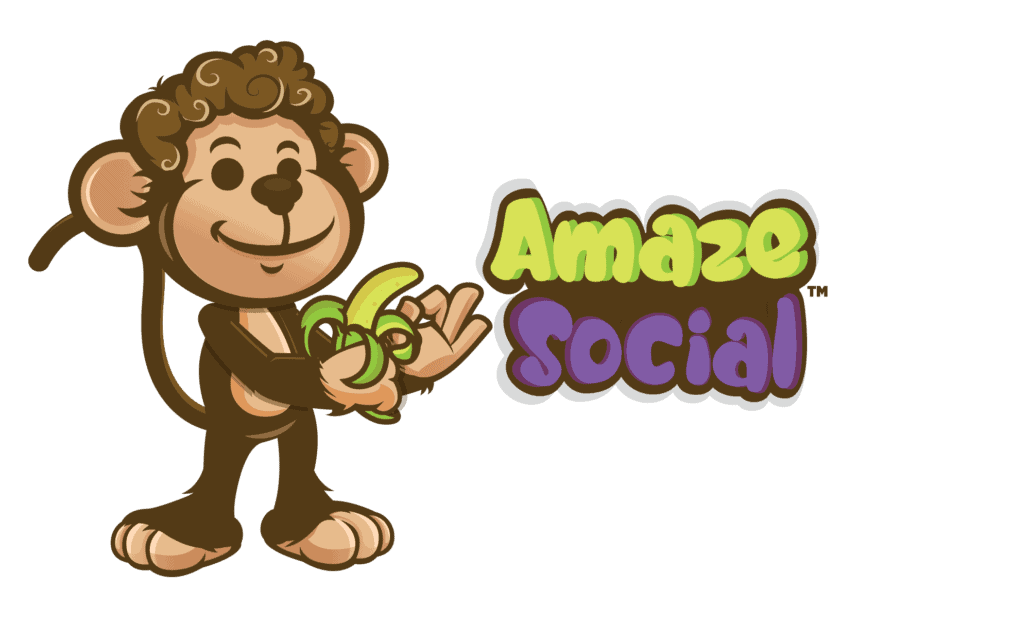Geotagging refers to the practice of adding geographical information, typically in the form of latitude and longitude coordinates, to various types of media, such as photos, videos, and social media posts. This allows users to specify the location where the content was created or is relevant to.
Details:
- Location Sharing: On many social media platforms, users have the option to share their location when they post content. This is often displayed as a named location (e.g., “Central Park, New York”) but is underpinned by specific geographical coordinates.
- Search & Discovery: Geotagged content can be useful for discovering content from specific locations. For instance, a user might search for posts tagged at a particular restaurant, tourist attraction, or event venue to see live updates or user reviews.
- Business Promotion: Businesses can benefit from geotagging by encouraging customers to “check-in” or tag their location, increasing visibility and providing authentic customer-generated content.
- Privacy Concerns: While geotagging can add context and relevance to social media content, it also comes with privacy implications. Sharing precise location data can sometimes inadvertently reveal sensitive information about a user’s habits, routines, or places of residence.
Importance: Geotagging plays a pivotal role in enhancing the user experience on social media by adding a layer of context to posts and aiding in content discovery. For businesses and marketers, it provides an avenue for increased visibility and engagement. However, users should always be mindful of privacy concerns and be judicious about when and where they share their location.

